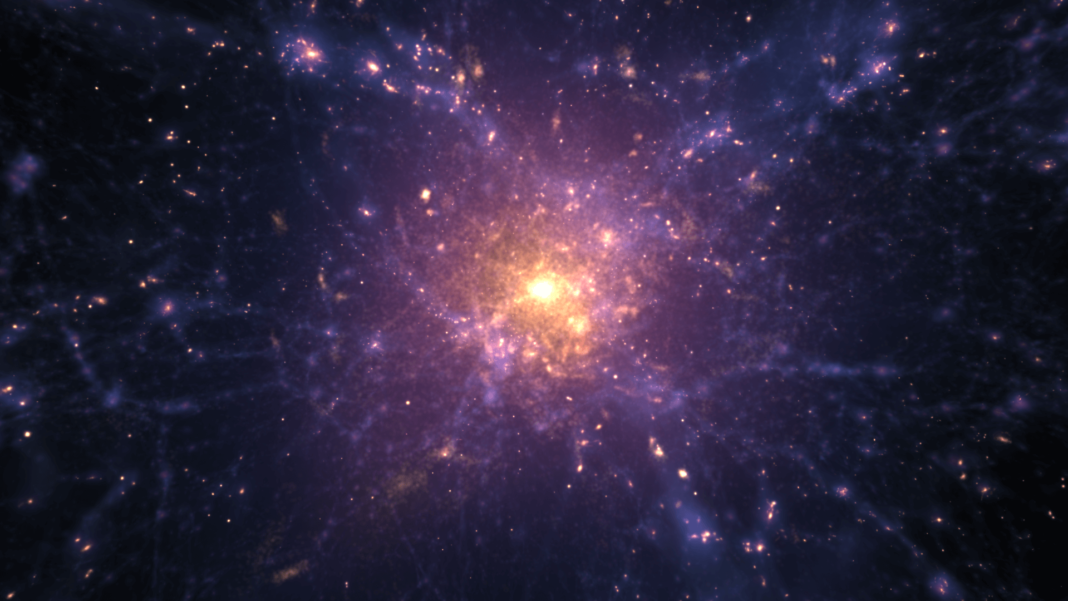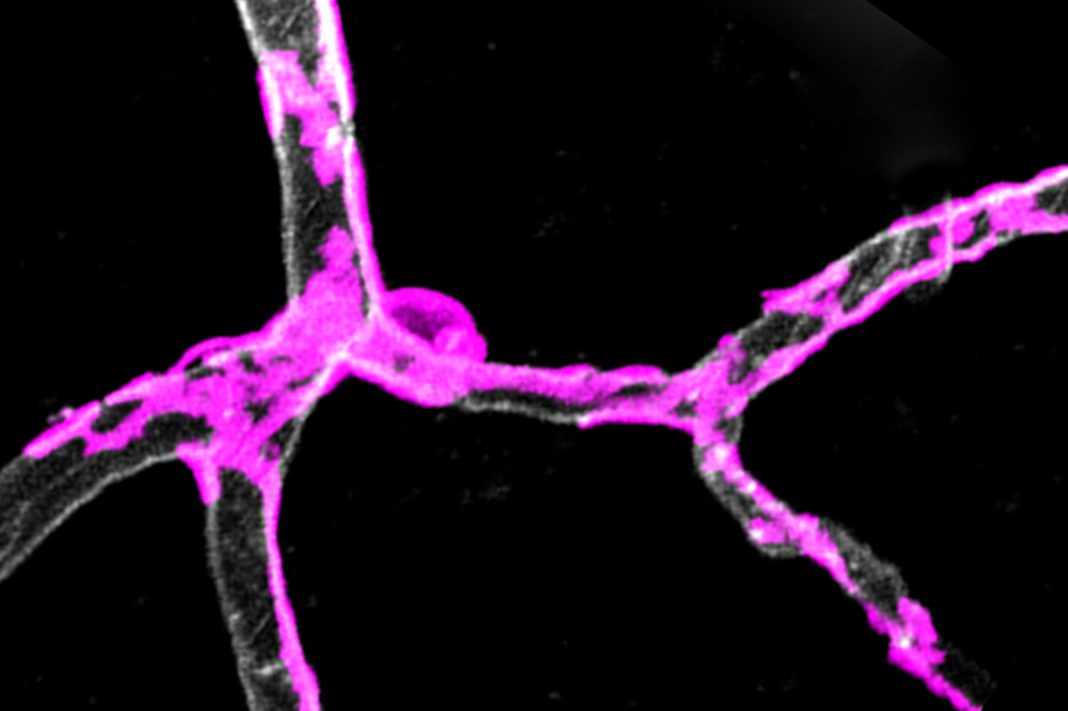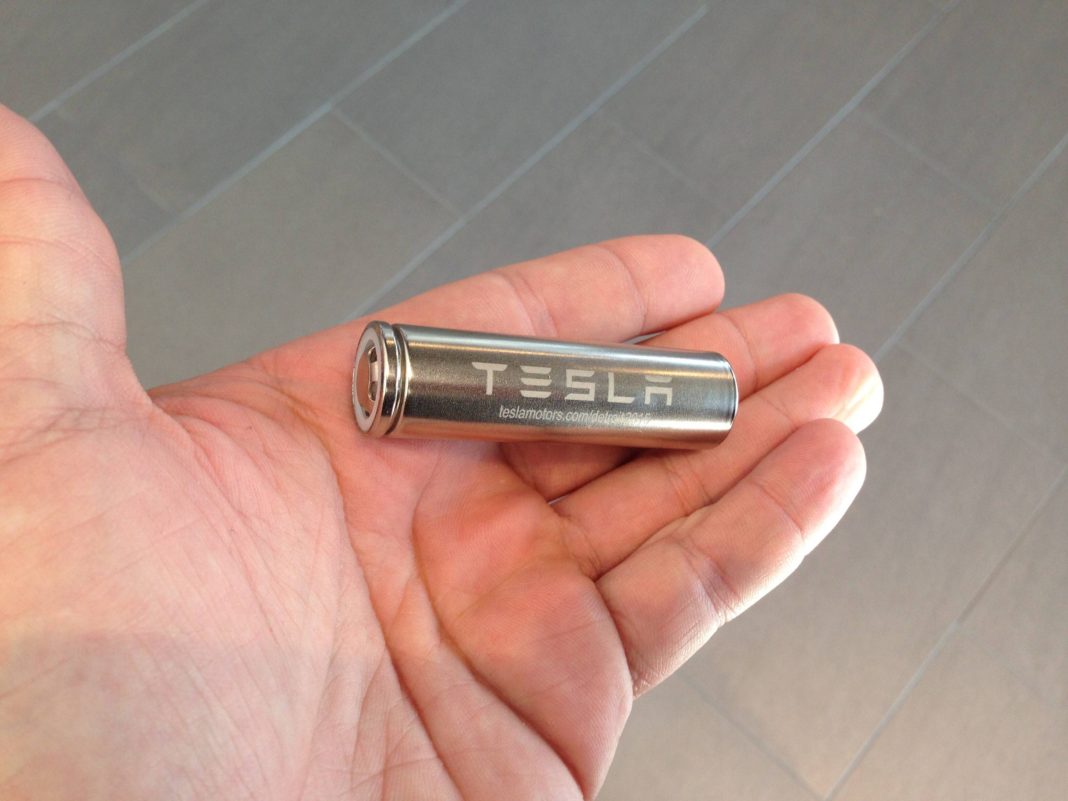It’s a question that would almost certainly spark a debate among some people. Many will say no – how could we know the history of something when we were not there to experience it ourselves at all? Others will say yes – there’s enough geological data to give us a good estimation. Several different methods have been used by scientists in the past including determining the expansion rate of the universe to trace backward in time, checking what the oldest objects in the universe were, and using cosmic microwave background measurements. But how accurate are these methods?
Back in the early 1900’s people weren’t really concerned with the concept of the age of the universe – they just assumed it had no beginning and no end. A couple of decades later Alexander Friedman brought to light the possibility of an expanding universe. This was later confirmed by Edwin Hubble when he measured several galaxies in 1929 and published a paper stating that the universe was, in fact, getting bigger. Nobel Laureate Adam Riess, professor of astronomy and physics at John Hopkins University says, “We know the universes were expanding, and we think we understand the expansion history. So like a movie, you can run it backward until everything is on top of everything in the big bang.”
Although the Hubble constant is designed to be helpful, it’s not that easy to measure. But, one way that you could check the Hubble constant is by comparing its age prediction for the universe against the oldest object you can think of. The calculation should give you at the very least, age older than the object. So far, scientists have estimated the oldest object to be around 12-13 billion years old. However, when scientists tried to calculate the age of the universe using the Hubble constant back in 1990’s; they were a little disappointed. It gave them an answer that suggested the universe was several billion years younger than the oldest stars in the galaxy.
So, in 1998 Riess and colleagues Saul Perlmutter of Lawrence Berkley National Laboratory and Brian Schmidt of the Australian National Lab explored the problem and found the real answer – the universe is accelerating, not just expanding. Using the new method, the universe is now thought to be around 13.3 billion years old which makes a lot more sense. The age of the universe can also be calculated using the cosmic microwave background (CMB). Riess says, “The CMB tells you the initial conditions and the recipe of the early universe – what kinds of stuff it had in it. And if we understand that well enough, in principle, we can predict how fast the universe made that stuff with those initial conditions and how the universe would expand at different points in the future.”
In 2003 scientists used NASA’s Wilkinson Microwave Anisotropy Probe to create a graph of the CMB fluctuations. Comparing these against those from different models of the universe that predict CMB patterns, they found a match. Stanford University associate professor, Chao-Lin Kuo of SLAC National Accelerator Laboratory, said, “Using these comparisons, we have been able to figure out the shape of the universe, the density of the universe and its components.” In 2013, an even more detailed graph of CMB fluctuations was created using the European Space Agency’s Planck space telescope that estimates the universe to be 13.82 billion years old.
But, there’s still a way to go before the method is perfected as the current expansion rate seems to measure in around 5 percent higher than what’s predicted from the CMB, and scientists can’t figure out why. Riess says, “It is a sign of tremendous progress in cosmology that we get upset and worried about a 5 percent difference, whereas 15 or 20 years ago, measurements of the expansion rate could differ by a factor of two.”
More News To Read
- Newly Discovered Microbes, May Explain the Origin of Complex Life
- New Wearable App Detects Real Emotion in Conversation
- Without Immigrants, America Wouldn’t be America
- The Dilemma of the Black Hole Paradox – Do They Destroy Everything?
- Will This Glass Become the Future of Flexible and Lightweight Devices?











